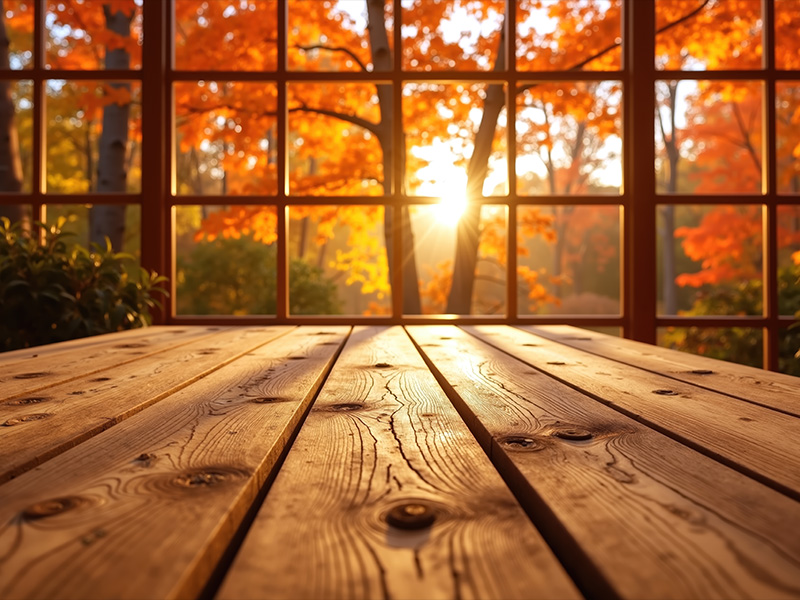As construction schedules shift into the fall season, framing contractors and builders across North America are reaffirming the value of treated wood in maintaining quality and momentum on the job site. Cooler temperatures, increased rainfall, and fluctuating humidity create conditions that test the limits of exposed framing materials. Treated lumber—especially pressure-treated and kiln-dried after treatment (KDAT) products—continues to offer a proven line of defense against moisture-related challenges.
Protection Against Seasonal Moisture
Fall’s variable weather patterns mean greater exposure to rain and damp air before structures are fully enclosed. Untreated framing lumber can absorb moisture quickly, leading to swelling, warping, and mold growth that compromise the schedule and finished performance. Treated lumber, however, is infused with preservatives that resist fungal decay and water intrusion.
“Fall framing can be unpredictable,” said a mid-Atlantic framing subcontractor. “We rely on treated wood to stay stable through wet stretches so we can keep moving without worrying about rework.”
Jobsite Durability and Scheduling Flexibility
Shorter daylight hours and wet ground conditions often slow the building process, causing framing packages to remain exposed longer than planned. Treated materials retain strength and dimensional stability through exposure, helping crews maintain productivity despite weather interruptions. This resilience gives project managers flexibility in sequencing and staging, a key advantage when schedules tighten before winter.
Mold Prevention and Indoor Air Quality
Beyond protecting structural integrity, treated lumber also plays a role in ensuring healthier homes. By minimizing the risk of mold during open framing stages, treated products help maintain better indoor air quality once the home is enclosed and conditioned. This performance benefit has gained traction among production builders and remodelers focused on long-term quality assurance and homeowner satisfaction.
Sustainability and Lifecycle Value
Modern wood treatment technologies continue to advance, offering high-performance protection with lower environmental impact. Today’s preservatives are designed for safety, longevity, and compatibility with green building standards. Builders who specify treated products benefit from reduced waste, fewer callbacks, and improved lifecycle performance of framing components.
Bottom Line
As fall construction conditions introduce more moisture and variability, treated lumber remains one of the most cost-effective strategies for safeguarding framing integrity and protecting project schedules. From floor systems to exterior walls and roof trusses, treated wood helps builders deliver a more durable, reliable structure—regardless of what the season brings.

